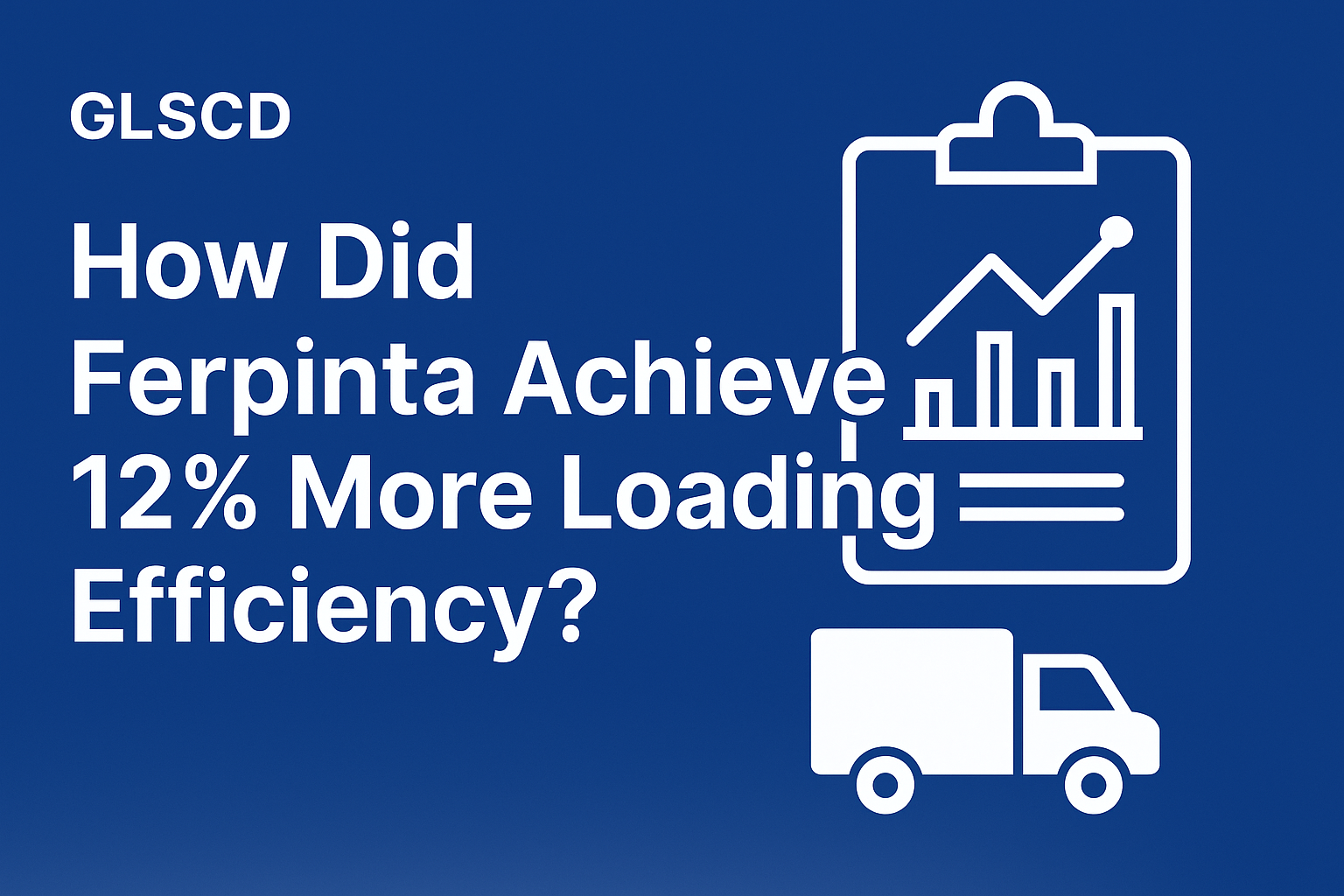
In today’s fast-paced logistics world, improving loading efficiency is critical for meeting customer demands, reducing costs, and staying competitive. Ferpinta, a global leader in steel production and logistics, has recently reported a remarkable 12% increase in loading efficiency. But how did they achieve this milestone? Let’s break it down.
1. Data-Driven Planning
Ferpinta invested in advanced logistics planning software that analyzes delivery routes, loading times, and warehouse layouts. By leveraging real-time data, they optimized vehicle loading patterns to maximize space while reducing idle time.
2. Smart Use of Control Towers
Much like the GLSCD Control Tower model, Ferpinta adopted a central command system that provided end-to-end visibility. This system enabled their team to anticipate potential bottlenecks and make instant adjustments for smoother operations.
3. Automation in Warehousing
The integration of automated handling systems drastically reduced manual errors. Forklifts guided by AI and smart conveyor systems helped streamline the loading process, ensuring consistency and speed.
4. Training and Workforce Engagement
Technology alone wasn’t the full solution. Ferpinta invested in training their logistics teams, ensuring employees understood new systems and could adapt quickly. Engaged staff became key drivers of operational success.
5. Sustainable Logistics Practices
Interestingly, Ferpinta tied efficiency improvements to sustainability goals. By maximizing load capacity, they reduced the number of trips required—cutting down fuel usage and carbon emissions.
What This Means for the Logistics Industry
Ferpinta’s achievement shows that combining technology, human expertise, and sustainability can create measurable efficiency gains. A 12% improvement might seem modest, but in the logistics sector, it can translate into millions saved annually and stronger customer satisfaction.
At GLSCD, we continue to monitor such innovations and adopt the best practices that bring value to our clients. Because for us, efficiency isn’t just about speed—it’s about smarter logistics for a sustainable future.